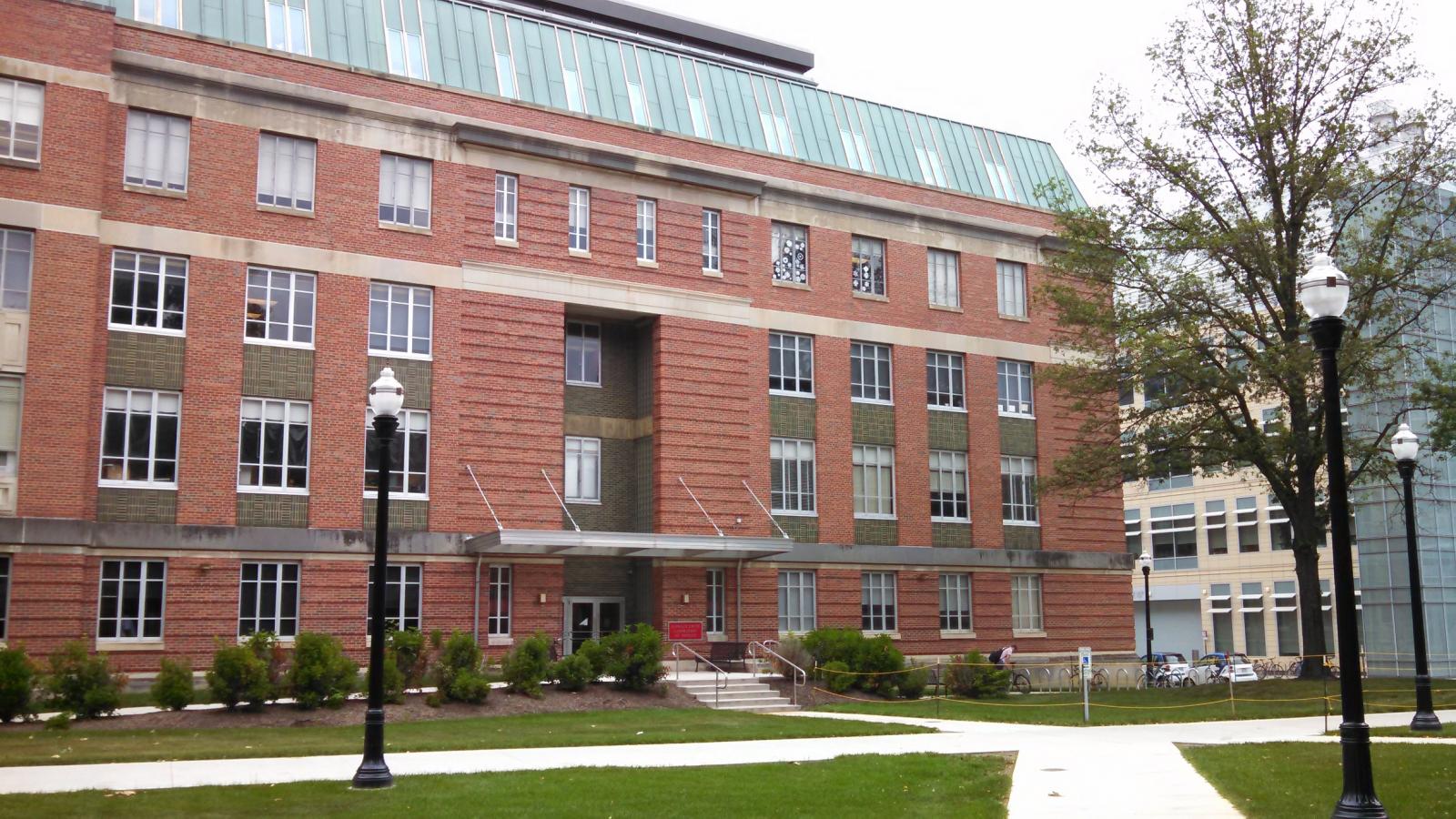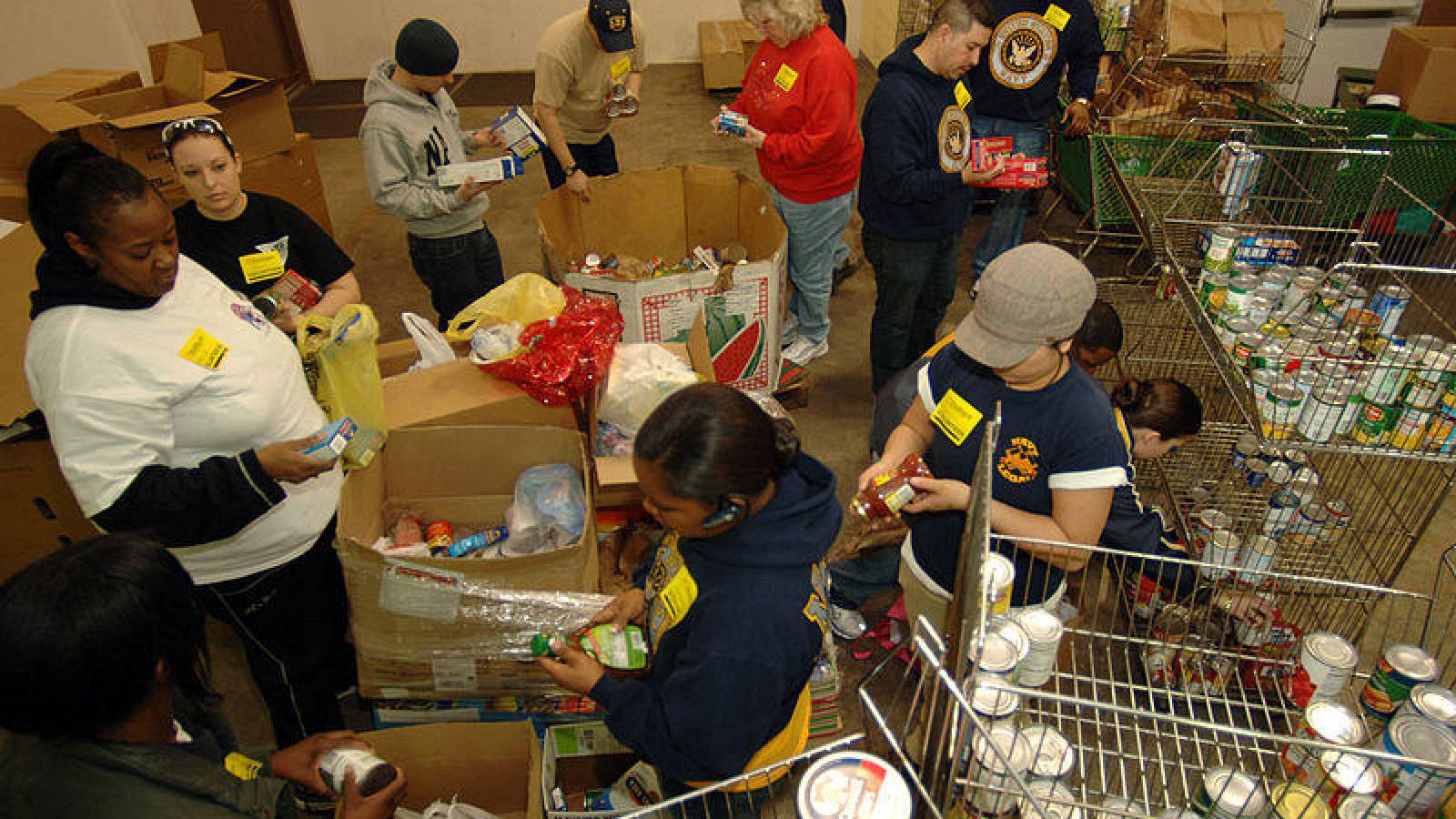Anthropology at The Ohio State University
Anthropology is the study of the biology, society, and culture of humans and their nearest biological relatives, in all times and in all places. Unlike other disciplines housed within colleges of arts and sciences nationally, anthropology aspires to understand the whole of the human condition. It does via study of the origins of primates beginning some 50 to 60 million years ago, to the dynamic biological, social, and cultural diversity of human beings that exists today.
Anthropology at Ohio State University traces its roots to 1885 when University Trustees invited the Ohio State Historical and Archaeological Society to move its growing anthropological collections and staff to campus, occupying Sullivant Hall. Formal courses began in 1902, and the unit achieved independent department status in 1967. Today, the faculty represent three traditional subdisciplines (cultural anthropology, physical anthropology, and archaeology), and virtually all have strongly overlapping interests.
Department of Anthropology faculty across the subdisciplines share interests in food and foodways, dietary adaptation, evolution of diet, ecology, and health. Half of the faculty have interests in the origins, evolution, and intensification of plant and animal domestication and production, and most have interests in sustainability and health and well-being. The research and teaching foci provide the basis for identifying the Department of Anthropology as having a strong STEM presence.
Ohio State’s Department of Anthropology is tied for 5th rank in the nation of the 113 institutions granting a Ph.D. in Anthropology, and 3rd of the 182 institutions granting at least a baccalaureate degree in Anthropology.
Faculty
There are 19 full-time faculty in Anthropology. Sixteen are on the main campus (Jeffrey Cohen, Douglas Crews, Sean Downey, Julie Field, Kristen Gremillion, Debbie Guatelli-Steinberg, Mark Hubbe, Nicholas Kawa, Clark Larsen, Joy McCorriston, W. Scott McGraw, Jeffrey McKee, Erin Moore, Mark Moritz, Barbara Piperata, and Richard Yerkes) and three are on Ohio State University regional campuses, Dawn Kitchen (OSU Mansfield), Robert Cook (OSU Newark), and Anna Willow (OSU Marion). In addition, there are two service lecturers, Lexine Trask and Jules Angel, who teach in a range of areas.
Research Productivity
Much of the research productivity in the Department of Anthropology derives from sustained, long-term research programs directed by individual faculty who collaborate with other faculty, both from Ohio State University and other institutions, nationally and internationally. The geographic reach of these research programs is global, including various localities on the continents of North America, South America, Europe, Africa, Asia, and the islands of the Pacific Ocean.
In the last decade, Anthropology faculty published 251 research articles in peer-reviewed journals, and 18 books. These include the following journals and publishers:
• American Journal of Physical Anthropology
• American Antiquity
• Current Anthropology
• Journal of Archaeological Science
• Aids and Behavior
• American Historical Review
• Behavioral Ecology and Sociobiology
• Journal of Forensic Sciences
• Earth Science Review
• Ecology Letters
• Evolutionary Anthropology
• Journal of Human Evolution
• Palaeoecology
• Nature
• Science
• Proceedings of the National Academy of Sciences
• PLoS ONE
• Cambridge University Press
• University of Texas Press
• University of Alabama Press
• State University of New York Press
• University of Hawaii Press
• University of Utah Press
• Plenum Press
Undergraduate Program
The Department of Anthropology offers five baccalaureate degrees – a Bachelor of Arts in Anthropology, a Bachelor of Science in Anthropological Sciences, a Bachelor of Arts in Medical Anthropology, a Bachelor of Science in Medical Anthropological, and a Bachelor of Science in Forensic Anthropology. Since its introduction, the number of Anthropological Sciences majors increased from 23% in Autumn 2006 to 43% in 2014. This growth reflects an increase in STEM-related programs since 2006, both in the Department of Anthropology and in the college and university generally. 30 credit hours are required for the BA in Anthropology; 36 are required for the BS. Both majors require that undergraduates complete courses in physical anthropology, cultural anthropology, and archaeology. More information about the course requirements for all five Anthropology majors, including the new Forensic Anthropology major, is provided in the links to the right.
The goal of the majors is to prepare students for employment that combines critical thinking, communication, and analytical skills with an understanding of human diversity in both time and space. This entails that students will be able to do the following:
- develop the ability to critically read and interpret the anthropological literature
- present anthropological information in a clear and logical manner, both orally and in writing
- apply knowledge of anthropological data, methods and theory to understand human diversity
- develop the capacity to analyze differences in culture (including material culture)
- develop an understanding of where the human species (Homo sapiens) is positioned in the natural world
- apply knowledge of modern applications from archaeology, ethnography, forensic science, and morphometrics to find solutions to a variety of anthropological problems
- students in the Anthropological Science major are expected to develop an understanding of mathematical and statistical methods and evolutionary theory.
Undergraduate achievements and research are highlighted on campus via participation in the Denman Undergraduate Research Forum, a campus-wide annual event presenting research posters. Anthropology undergraduates have a strong presence at this event, and regularly receive awards. For example, in 2013-2014, three anthropology students won the respective first, second, and third place awards in the category of Social and Behavioral Sciences.
Outreach and Engagement
The Department of Anthropology continues to have a strong relationship with the PAST Foundation, a non-profit, private foundation based in Columbus, Ohio. PAST employs Anthropology and Anthropological Sciences undergraduates and graduates students, giving them training, and in turn, these students provide their anthropological and scientific perspective and expertise in teaching students, ranging from high school through college across the U.S. via transdisciplinary program-based learning.
The department has held several field schools in archaeology locally. Most recently (2016), in partnership with the City of Dublin, a field school has been held at an archaeological site that is to be impacted by local construction projects. This has provided the local community with a representation of the prehistory in the region and Ohio State students with an opportunity to engage in archaeological field training.
Other examples of local engagement include teaching training in the Columbus schools with OSU’s Center for Latin American Studies, and involvement in the Service-Learning Initiative with the Ohio Commission for Hispanic and Latino Affairs. In addition, the Forensic Anthropology Case Team (FACT), headed by Samuel Stout and Amanda Agnew (Ph.D., 2011), works with local law enforcement and the state medical examiner’s office in recovery and documentation of human remains in forensic contexts. This activity has involved the participation and training of numerous undergraduate and graduate students.
Infrastructure
The Department of Anthropology is housed within Smith Laboratories, located in the northeast corner of the main campus. Spanning 19,465 square feet, the department includes a central office and faculty and staff offices, as well as a Seminar Room, Hughes Memorial Reading Room, Undergraduate Teaching Laboratory, Graduate Teaching Associate Office (for 25 GTAs), Graduate Student Computer Laboratory, Copy Room, Storage Room, Lecturer Office, and 12 research and teaching laboratories for collectively archaeology, physical anthropology, and cultural anthropology. With the exception of the bioarchaeology laboratory housed in Journalism Building, all office and labs are located on the fourth floor of Smith Laboratory.
Staff
The current staffing in support of Department of Anthropology functions includes five persons. The group provides excellent support, both collaboratively and individually:
• Mallory Medina (Departmental Manager), serves as the assistant to the department chair, supervisor of daily activity in the department office, fiscal and HR officer, and department manager.
• Sarah Palazzo (Graduate Program Coordinator) serves as the central person for key functions relating to support of graduate students and the faculty chair of the Graduate Studies Committee.
• Jean Whipple (Computer Consultant/Office Associate) handles daily operations involving telephone, email, and on-site visits by individuals seeking information on a wide range of activities.
• Cameron Beason (Academic Advisor) advises undergraduate students on program requirements.
• Aris Cachuela (Systems Manager) oversees all IT activities, including some repair, replacement, and recommended purchases in the department.




